The purpose of this article is to help artists navigate the complex process of selling digital art as NFTs by going over the key ideas, doable actions, and tactical factors that can help them succeed in this exciting and rapidly expanding market. This thorough book aims to enable artists to effectively traverse the NFT arena and realize its enormous potential, from comprehending the fundamentals of NFTs to navigating the complexities of minting, marketing, and legal issues.
What is an NFT and NFT Art
NFT
A non-fungible token, often known as an NFT, is an exclusive and non-transferable digital asset that certifies the ownership or authenticity of a certain object or piece of material. NFTs are unique and cannot be traded for other cryptocurrencies on a like-for-like basis, in contrast to conventional cryptocurrencies like Bitcoin or Ethereum, which are fungible and can be traded one-to-one. Every NFT is kept on a blockchain, a safe, decentralized digital ledger that guarantees ownership data’s transparency and immutability. An essential component of an NFT is its uniqueness, which is frequently linked to digital items such as pictures, films, music, or other types of digital art. Cryptographic procedures are employed to attain uniqueness, hence furnishing proof of authenticity and provenance for the digital asset. Because they allow digital artists to tokenize their work and allow for ownership, transferability, and even revenue through sales or auctions on multiple online platforms, NFTs have become increasingly popular, particularly in the art sector. NFT ownership and transaction histories are safely stored on the blockchain, giving each token a transparent and traceable past.
NFT Art
Non-Fungible Token Art, or NFT Art, is an innovative fusion of creativity and technology. In the digital sphere, blockchain technology allows artists to tokenize their creations; Ethereum is a popular platform for this purpose. These tokenized assets—also referred to as NFTs—act as digital certificates of ownership and authenticity. They are all distinct and indivisible. The generation, transfer, and possible resale of these digital assets are regulated by smart contracts, while the blockchain ledger guarantees clear and unchangeable ownership records. NFT art has given artists new ways to make money off of their digital works and given ownership and provenance in the art world a whole new meaning. Nonetheless, the NFT domain has also encountered examination, addressing ecological worries associated with certain blockchain networks and maneuvering intricate matters pertaining to copyright and intellectual property in the digital era.
Why would someone want to buy an NFT of digital art
Purchasers of NFT digital art may do so for a variety of reasons. The following are a few of the most typical reasons:
Ownership and authenticity: NFTs guarantee that the buyer is the only owner of the original piece and offer a safe, verifiable method of acquiring digital art. This is not the case with traditional digital art, which is readily duplicated and shared without the creator’s consent.
Artist support: By acquiring an NFT, consumers can directly contribute to the creative endeavors of digital artists. This could support the development of a more robust and long-lasting ecosystem for the production of digital art.
Investment possibilities: NFTs are a new asset class that has the potential to see rapid value growth. The speculative nature of NFTs appeals to some customers who want to take advantage of potential price increases in the future.
Exclusive community and access: Having an NFT might give you access to special events, communities, and benefits. Certain NFT projects, for example, provide holders with first dibs on new releases, invites to exclusive parties, or even tangible goods.
Uniqueness and rarity: A lot of NFTs are extremely sought-after collectibles since they are either one-of-a-kind or limited edition. Certain NFTs’ scarcity might increase their value and draw in collectors who appreciate rare and distinctive digital goods.
Passion and appreciation: Some purchasers are merely ardent fans of digital art and desire to acquire works that speak to them or are visually appealing. They might be driven more by a sincere admiration for the art itself than by the possibility of financial gain or community access.
Technological innovation and novelty: NFTs offer a fresh and creative approach to utilizing and gaining ownership of digital assets. Some buyers view NFTs as the digital art of the future, which draws them in due to their novelty and technological improvements.
Essential Steps to Sell Digital Art as an NFT
Create a digital wallet
The process of creating a digital wallet for non-fungible tokens (NFTs) entails setting up a safe, decentralized location to keep these special digital assets. On blockchain networks, a digital wallet serves as a virtual container that protects NFTs and makes transactions easier. To start this adventure, pick a trustworthy blockchain network—like Ethereum, which is well-known for being NFT compatible. The process of creating a distinct wallet address, which functions as the user’s online identity on the network, comes next after choosing a blockchain. After the wallet is configured, users may easily transfer, manage, and display their NFT collections online. To protect these priceless resources and give NFT aficionados a reliable and easy-to-use experience, security measures such as private keys and encryption protocols are essential.
Select an NFT marketplace
An important choice in the realm of non-fungible tokens (NFTs) is selecting an NFT marketplace. There exist multiple platforms, each possessing distinct features, user interfaces, and communities. From virtual real estate to digital art, well-known NFT marketplaces like OpenSea, Rarible, and Mintable provide a wide variety of digital assets. It is crucial to take into account aspects like transaction costs, user friendliness, and the platform’s compatibility with the blockchain of your preferred digital wallet when choosing an NFT marketplace. Furthermore, investigating the marketplace’s standing, user feedback, and degree of community involvement might reveal details about the general user experience. In the end, how visible and accessible your digital assets are within the vibrant NFT ecosystem is largely dependent on which NFT marketplace you choose.
Prepare your digital artwork
To guarantee its best presentation and marketability, preparing your digital artwork for the Non-Fungible Token (NFT) marketplace requires careful thinking and attention to detail. Make sure your artwork satisfies the particular technical specifications, including file format, size, and resolution, of the selected NFT platform before proceeding. The addition of metadata to your NFT increases its total worth and distinctiveness. This includes information on the creation, inspiration, and any associated rarity or limited editions.
To give prospective customers background information and context, think about including an attention-grabbing title and description. It’s important to safeguard your intellectual property. To prevent unwanted use, think about watermarking your digital artwork. Since uniqueness and quality are essential to the success of NFTs, give your work enough time to be polished and refined before minting it as one. Creating a story around your digital work and interacting with your audience on social media can help increase its marketability. You can make the most of your digital artwork in the competitive and ever-changing NFT market by paying attention to these little things.
Fund your digital wallet with ETH
To participate in the Non-Fungible Token (NFT) market, you must first fund your digital wallet with Ethereum (ETH). Since Ethereum is the most popular blockchain for NFT transactions, you can easily buy, sell, and trade digital assets if you keep ETH in your wallet. You can use conventional fiat money to buy ETH from cryptocurrency exchanges and fund your digital wallet, or you can trade other cryptocurrencies for ETH.
After obtaining it, move the ETH to the address in your wallet to guarantee a safe and precise transaction. The amount you have in your digital wallet is what you use to purchase NFTs on other marketplaces. Remember that gas fees for Ethereum transactions might change depending on network demand, so it’s best to be aware of these expenses. By using ETH to finance your digital wallet, you may access the dynamic and ever-changing NFT community and take part in the production, acquisition, and trading of one-of-a-kind digital assets.
Mint your NFT
The process of generating a one-of-a-kind, blockchain-based digital asset and putting it up for sale or purchase is known as minting your non-fungible token (NFT). This crucial stage involves creating a cryptographic token on a blockchain (usually Ethereum) from your digital artwork or creation. Selecting a trustworthy NFT marketplace that facilitates the minting procedure, like OpenSea or Rarible, is necessary in order to mint an NFT.
You will be required to submit certain details about your NFT throughout the minting process, such as a title, a description, and any related characteristics. Often, there is a one-time cost associated with mining called a minting fee or gas fee. This money is paid in cryptocurrency, most commonly Ethereum. After it is coined, your NFT is given a special number and added to the blockchain, guaranteeing its scarcity and legitimacy. Within the growing NFT space, minting gives producers the ability to tokenize their digital assets, put them up for sale, and let collectors acquire a unique piece.
List your NFT for sale
The next important step after minting is to list your non-fungible token (NFT) for sale. This will let you show off your digital product to potential customers on NFT marketplaces. Start by selecting an appropriate marketplace (OpenSea, Rarible, Mintable, etc.) that fits your objectives and target market. Once on the platform, go to the listing section and fill in the blanks with important characteristics about your NFT, like its title, description, and any value-adding extras like its limited edition status or creation story.
As you decide on your NFT’s price plan, take market trends, demand, and rarity into account. While some sites use auction-style listings, others let you establish a fixed price. Adding a high-quality sample photo or video can also make your listing look more appealing. Be mindful of any platform-specific costs related to the listing. In addition to providing access to prospective purchasers, successfully offering your NFT for sale supports the thriving and dynamic ecology of digital asset trading inside the NFT market.
Promote your NFT
In the cutthroat NFT market, promoting your non-fungible token (NFT) is essential to increasing its awareness and drawing in potential customers. Make use of a variety of digital marketing platforms to raise interest in and awareness of your NFT. Use social media sites like Instagram, TikTok, and Twitter to post behind-the-scenes videos, exhibit your artwork, and interact with your audience. To increase your reach, work with influencers and take part in pertinent online forums.
Potential purchasers may be attracted to your NFT if you can create a captivating story around it that highlights its originality, source of inspiration, or any related tales. Additionally, consider developing a dedicated website or blog to provide more information about your NFT collection and establish your presence in the digital art arena. Building a sense of community and trust with your audience can also be achieved by interacting with them through online interviews, virtual exhibitions, and live events. You may improve your NFT’s discoverability and raise the possibility that it will be discovered by the correct audience who will value and enjoy your digital work if you actively promote it.
Manage the sale and distribution
A smooth and efficient procedure depends on managing the distribution and sale of your non-fungible tokens (NFTs) well. After your NFT is put up for sale in a marketplace, keep an eye on its performance, interact with possible purchasers, and reply to any questions that may arise. To encourage purchases, think about using promotional techniques like time-limited discounts, packaged offers, or special offers. Keep up with market developments and modify your price plan as necessary.
As purchases take place, quickly give the buyers ownership of the NFTs to guarantee a safe and open transaction. Keep careful track of the ownership transfers during the distribution process if your NFT collection consists of several pieces or editions. Keep lines of communication open with your buyers, and provide them with any proof of authenticity or documents they need to feel more confident about the deal. You may create a good buyer experience and establish your reputation in the NFT community by actively controlling the sale and distribution process. This will increase trust and open up additional sales opportunities.
Advice on how to successfully market digital art as an NFT
Marketing digital art as non-fungible tokens (NFTs) requires careful strategy, good execution, and active participation in the NFT community. To increase your chances of success, consider the following advice:
- Quality is important: Make sure your digital art is original and of the highest caliber. Buyers of NFT frequently look for unique and eye-catching pieces.
- Pick the correct platform: Opt for a trustworthy NFT marketplace that caters to your target market and has the functionality you require. Rarible, Mintable, and OpenSea are a few well-known platforms.
- Create a Strong Online Presence: Using social media platforms, create and preserve a strong online presence. To create a community around your work, share your creative process, exhibit your digital art, and interact with your audience,
- Tell a Story: Give your digital artwork a gripping tale or storyline. Potential purchasers will find your NFT more appealing if you share the inspiration or creation process.
- Utilize Social Media: Make a concerted effort to advertise your NFTs on social media sites. To become more visible, use hashtags, work with influencers, and take part in pertinent online groups.
- Build a Website or Portfolio: To display your collection of digital art, create a website or online portfolio. This can act as a single point of contact for potential customers to find out more about your work.
- Engage with the Community: Participate in conversations within the NFT community to show your support for the community. Join forums, go to virtual gatherings, and make connections with other online artists and collectors. Developing connections might open up new doors for collaboration and exposure.
- Offer Exclusive Content or Limited Editions: To evoke a sense of scarcity, provide exclusive content or limited editions. This might increase demand and raise the value of your digital artwork.
- Determine Reasonable Costs: Do your homework and determine reasonable costs for your NFTs. Take into account elements like your track record, the artwork’s originality, and prevailing market trends.
- Offer Certificates of Authenticity: To reassure potential customers about the distinctiveness and validity of your digital art, provide certificates of authenticity or other supporting evidence.
- Stay Up to Date: Stay informed about developing opportunities, platform policy changes, and NFT market trends. Being educated enables you to modify your plan in response to the changing environment.
You can improve your chances of making a name for yourself in the expanding NFT industry and selling digital art as NFTs by combining these pointers with commitment and a sincere love for your work.
Conclusion
In summary, for both collectors and artists, the world of NFTs offers a revolutionary frontier. A paradigm shift in the field of digital art is introduced by Non-Fungible Tokens’ unique and ownership-centric character. The NFT field is redefining the dynamics and value of the digital art industry as consumers embrace actual ownership of exclusive digital goods and artists use blockchain technology to authenticate and tokenize their creations. The future of digital expression and ownership has enormous possibilities at this creative and technologically inventive nexus.
[FAQ]
How do I set the right price for my NFT artwork?
Consider factors such as the uniqueness of your art, your reputation, and market demand. Research similar artworks on the chosen platform to get an idea of pricing trends.
How do I market my NFT artwork?
Leverage social media, crypto communities, and art forums to promote your NFTs. Collaborate with influencers, use relevant hashtags, and engage with potential buyers to increase visibility.
Can I sell a portion of ownership in my digital art through NFTs?
Yes, some platforms allow you to sell fractionalized ownership of your NFT, enabling multiple buyers to invest in a single artwork.
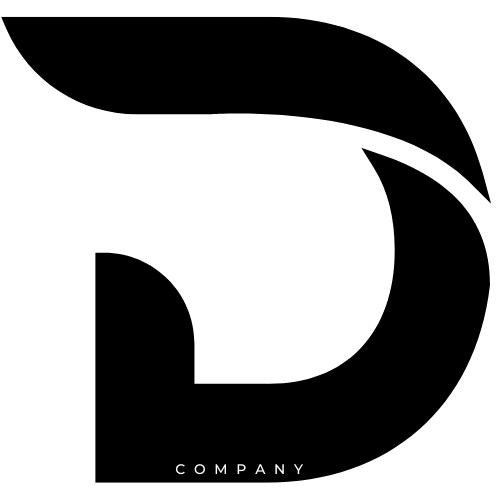
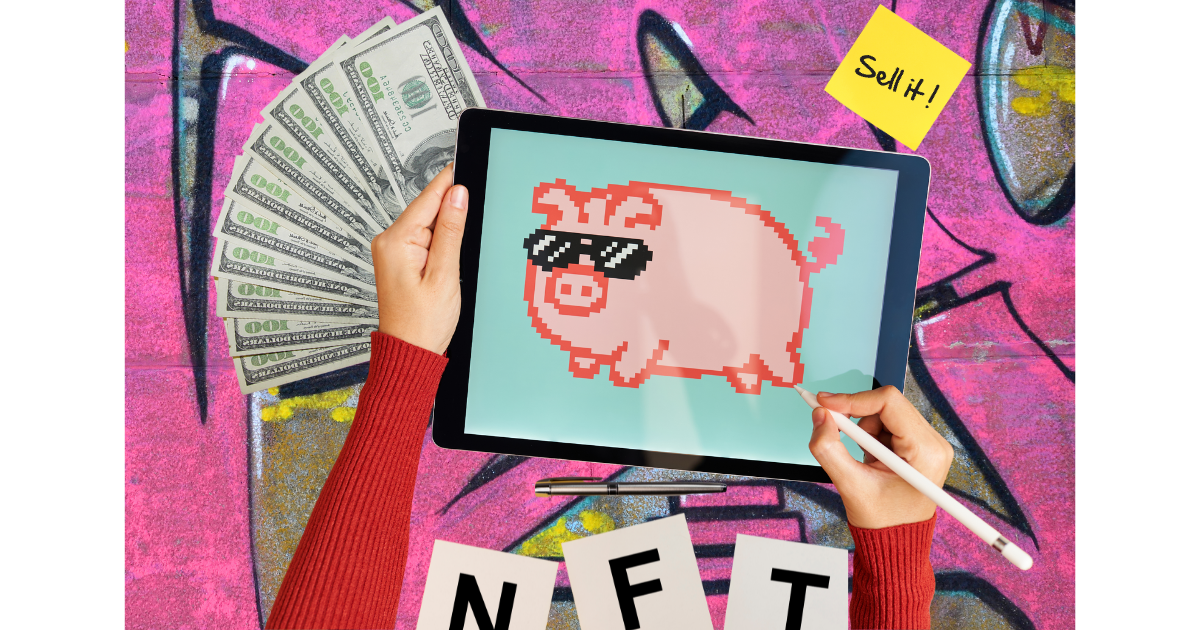
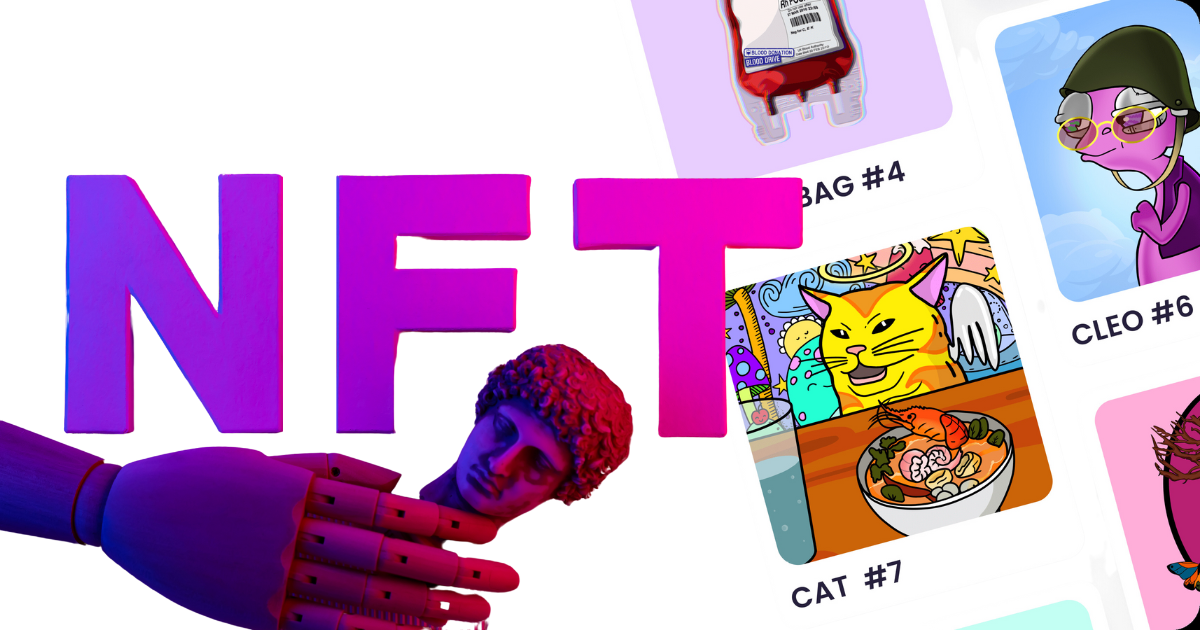
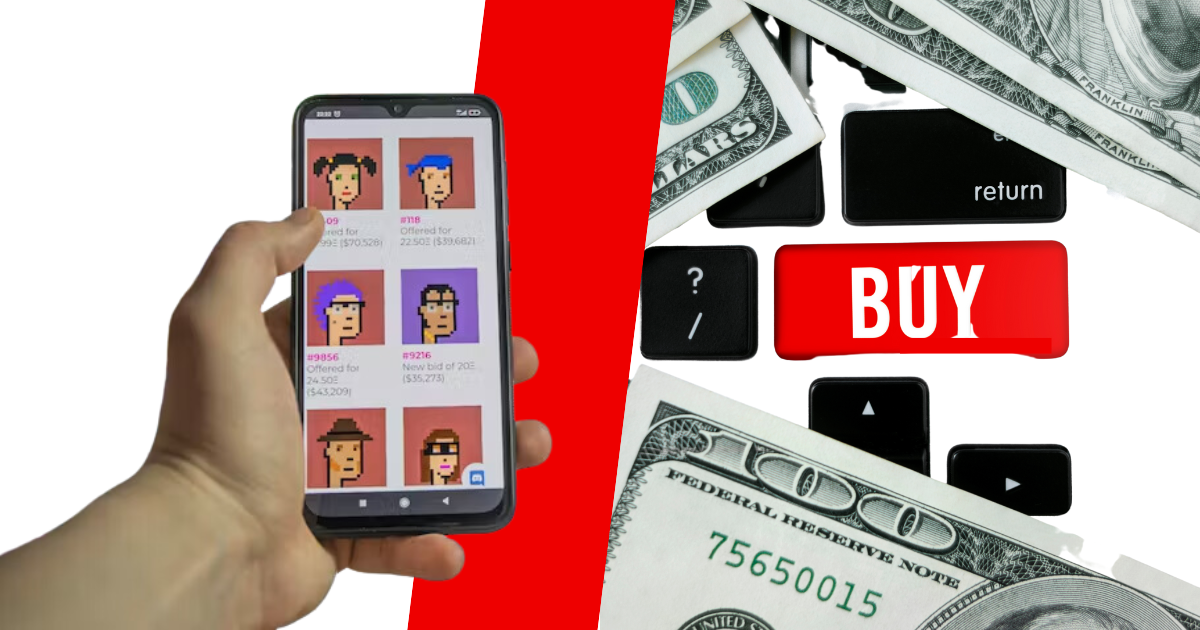
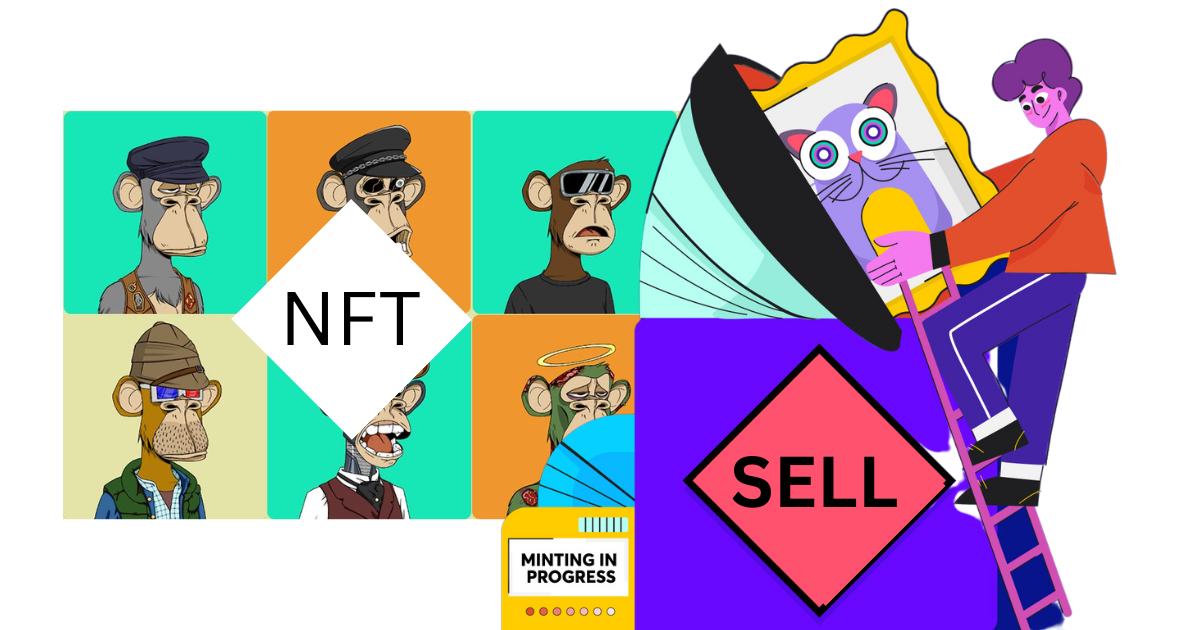
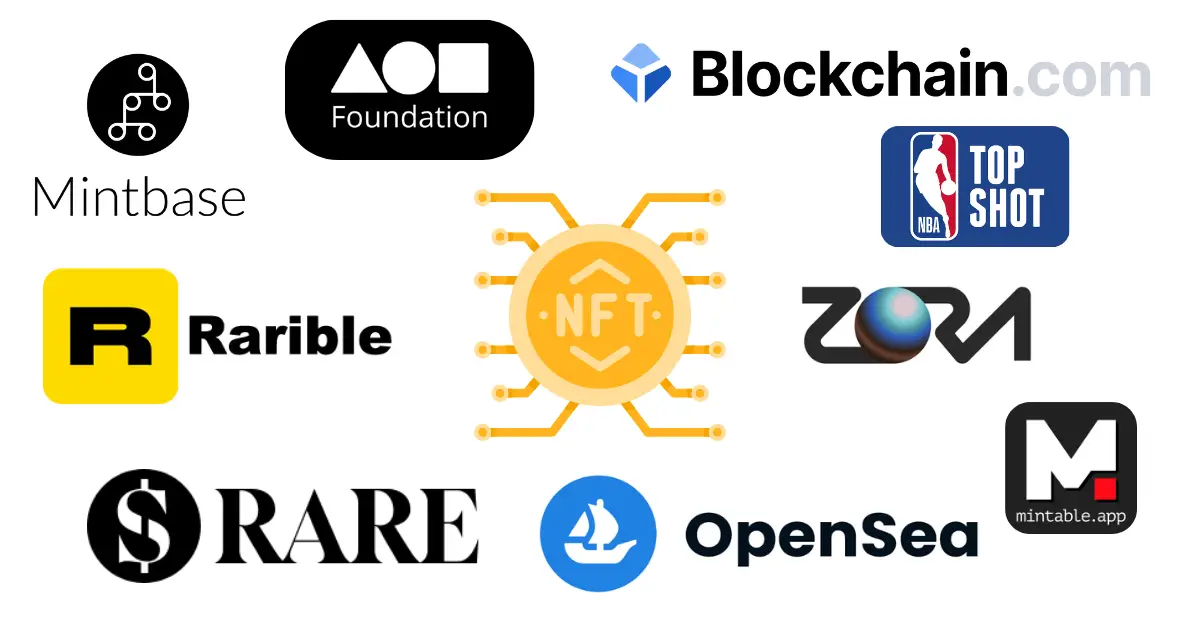

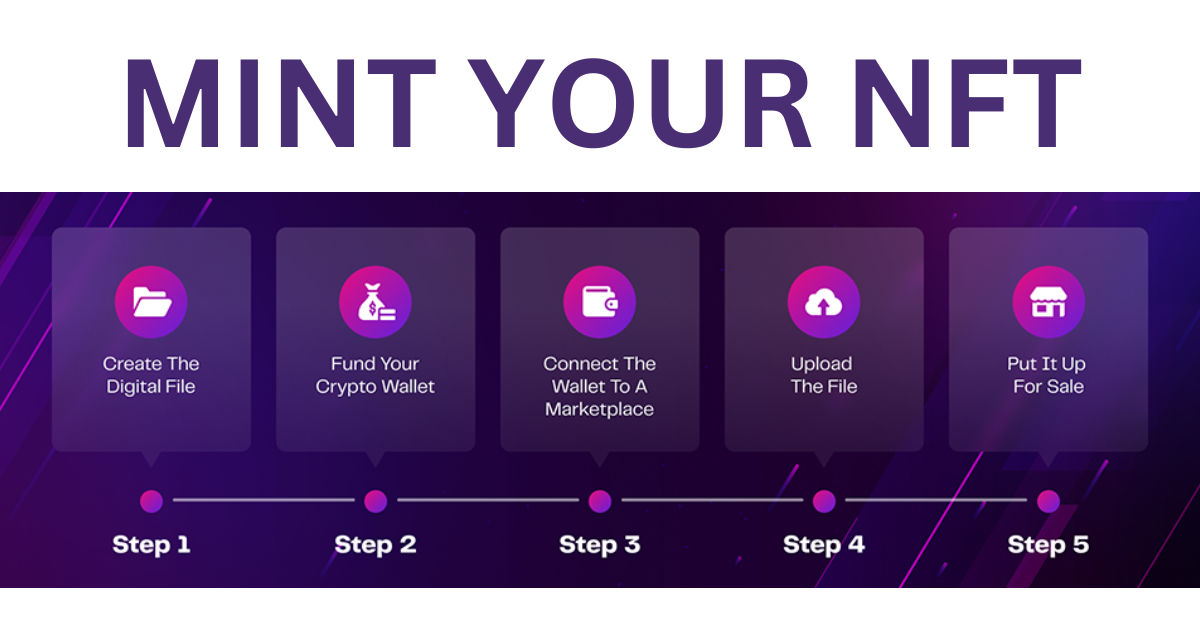
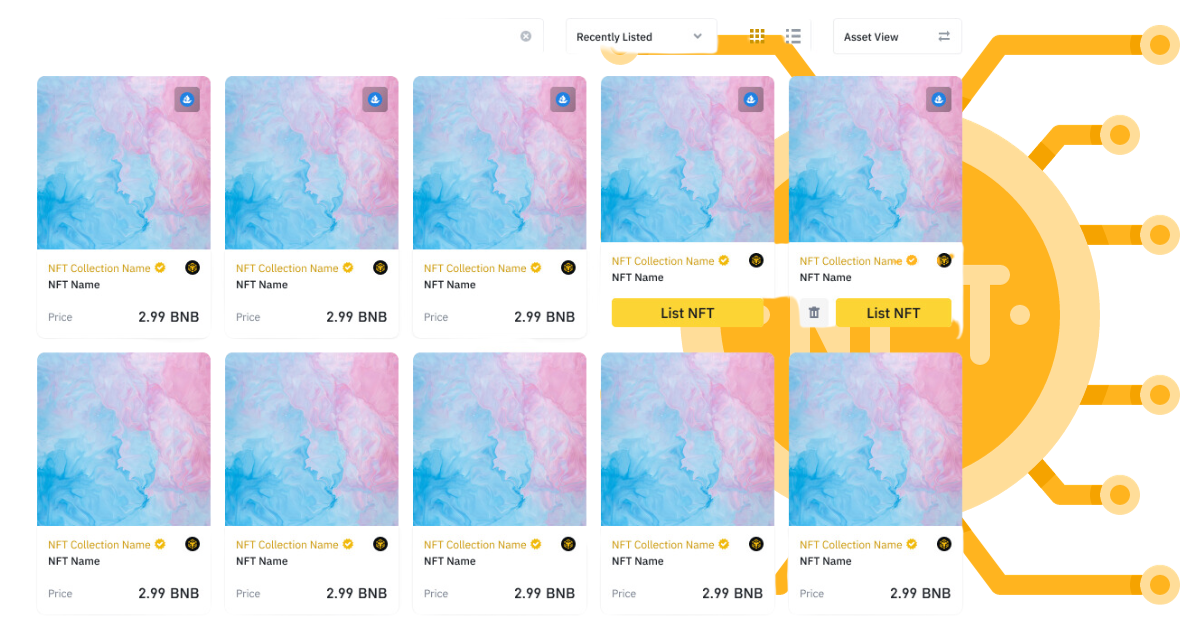
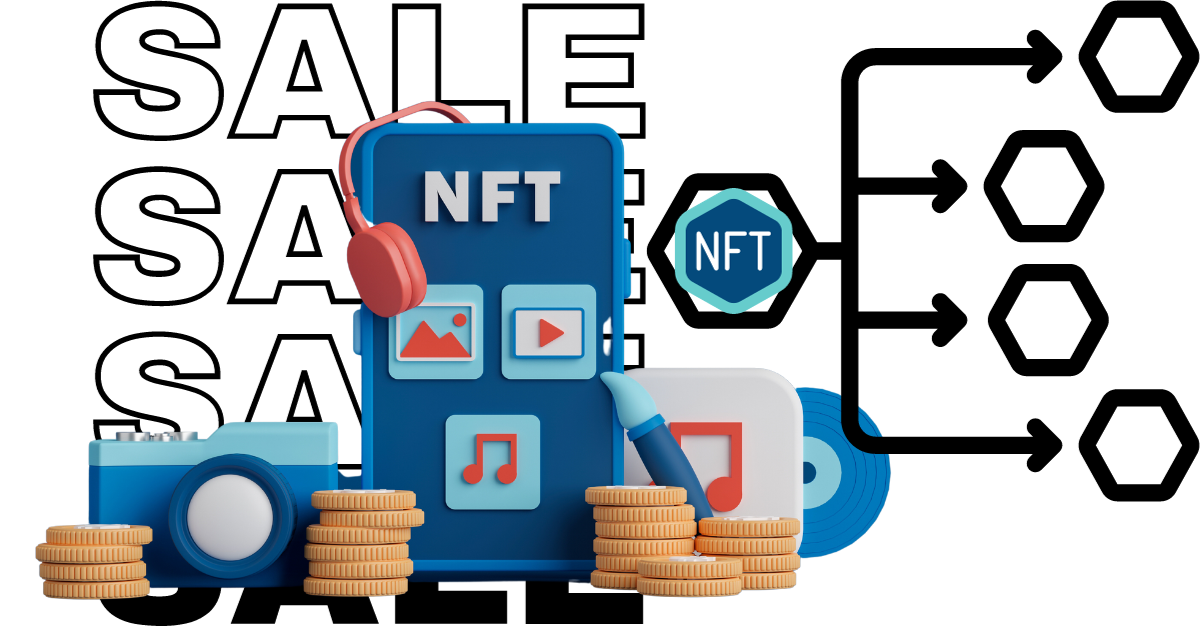
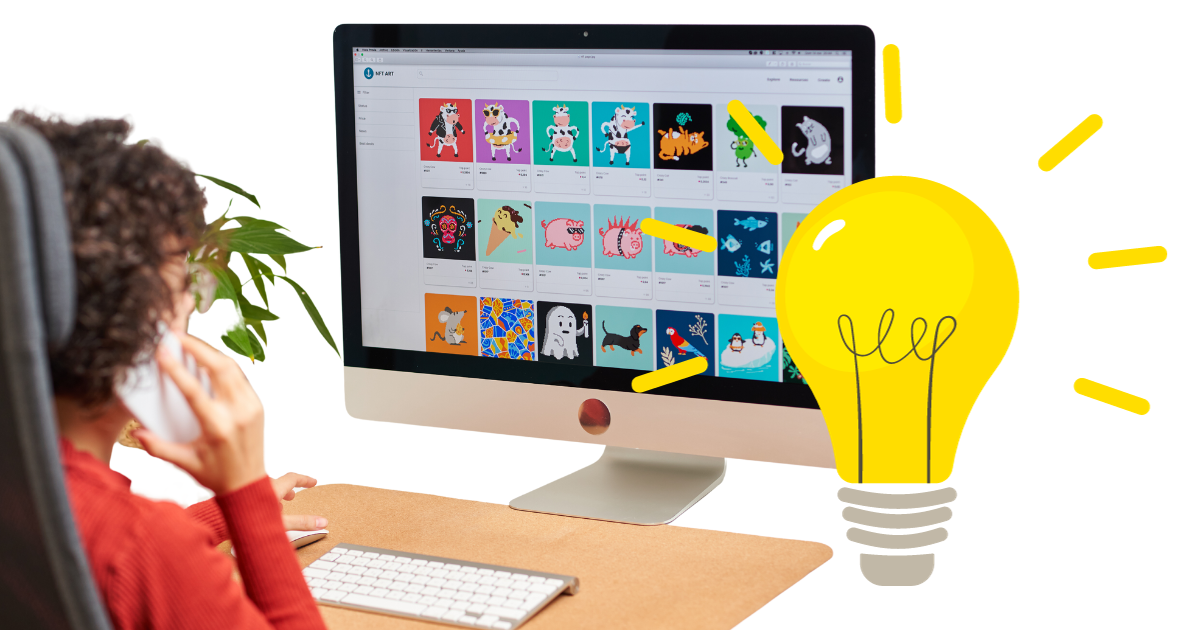
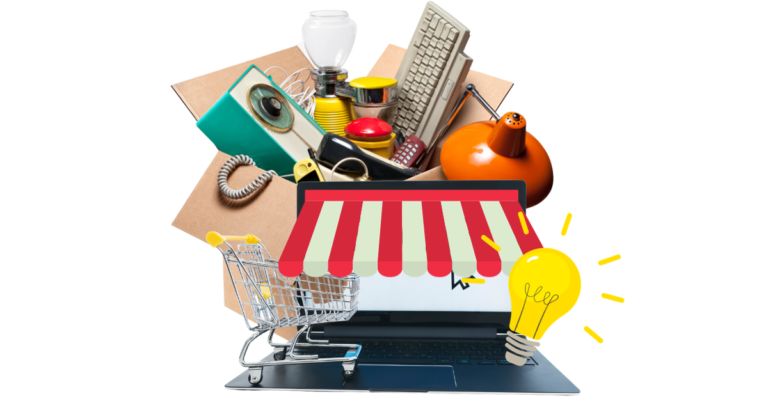
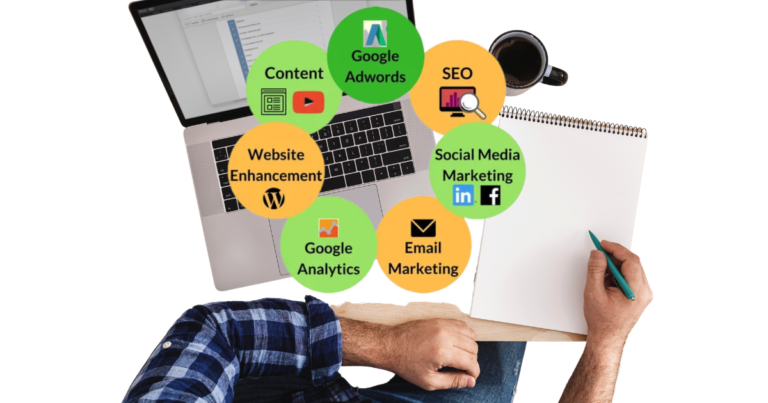

Awesome! Its genuinely remarkable post, I have got much clear idea regarding from this post
Thank you so much
I do not even know how I ended up here but I thought this post was great I dont know who you are but definitely youre going to a famous blogger if you arent already Cheers
Thank you so much